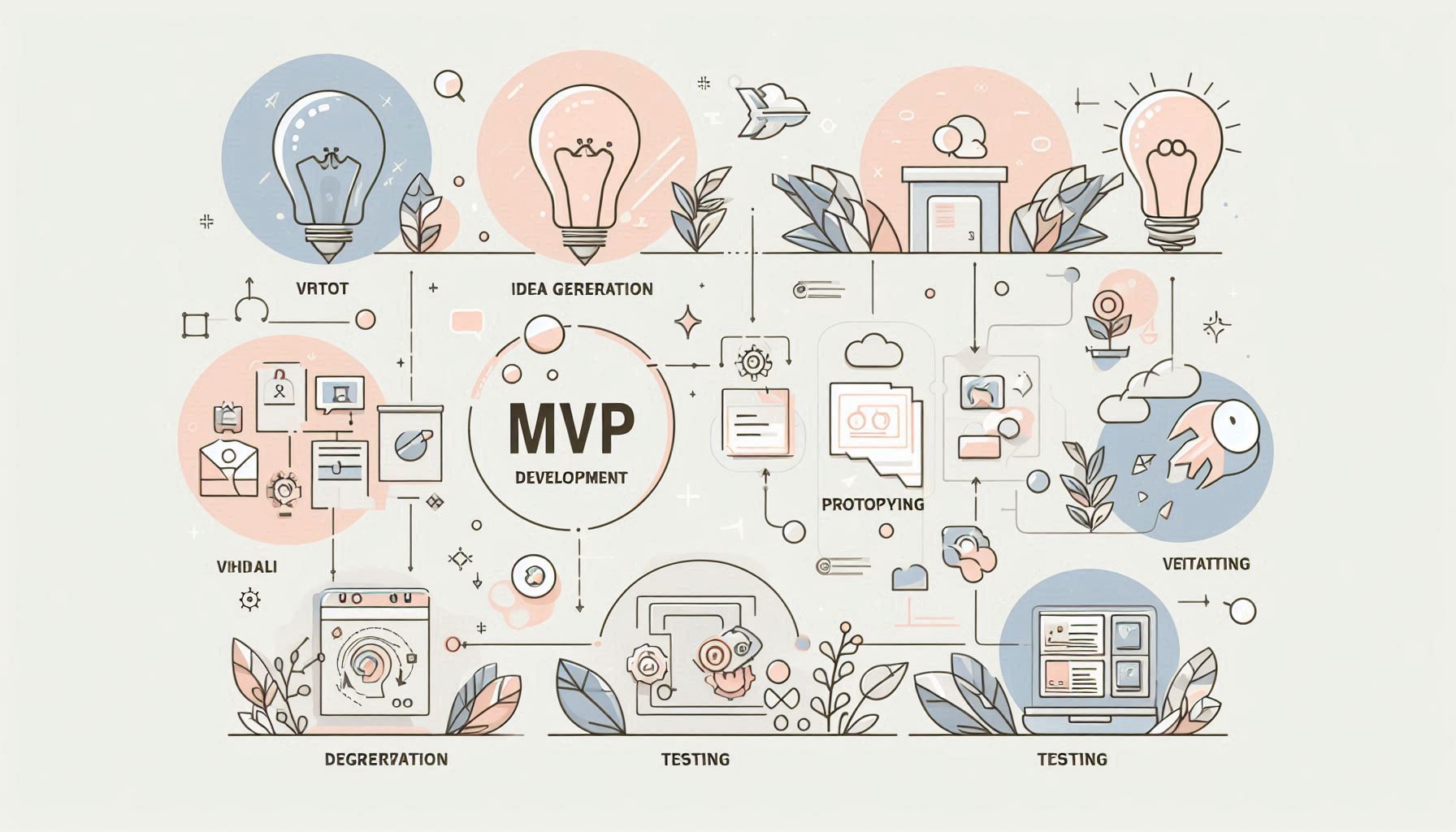
MVP Development Guide Tutorial
MVP Development: A Step-by-Step Guide to Building Your First Minimum Viable Product
Building a product is risky. What if users don’t need it? What if you invest months (or years) only to fail? This is where MVP development saves the day. Whether you’re a startup founder, product manager, or a curious beginner, this guide will teach you how to build a Minimum Viable Product that validates your idea, saves time, and reduces risk.
By the end of this tutorial, you’ll understand:
- What an MVP is and why it’s critical for startups
- How to identify core features and prioritize them
- Step-by-step MVP development process with actionable tips
- Tools and frameworks used by professionals
What is an MVP? (And Why Should You Care?)
Definition
A Minimum Viable Product (MVP) is the simplest version of your product that solves a core problem for users. It’s not a half-baked prototype—it’s a functional, market-ready product designed to test assumptions and gather feedback.
Example:
Imagine building a food delivery app. Your MVP might only allow users to order from 3 local restaurants and pay via one method (e.g., credit cards). No reviews, loyalty programs, or live tracking—just the essentials.
Why Build an MVP?
- Validate Demand: Test if people actually want your product.
- Save Time & Money: Avoid building unwanted features.
- Learn Faster: Use real user feedback to iterate.
- Attract Investors: Prove traction before scaling.
Step 1: Identify the Core Problem
Start with Market Research
Before writing code, answer: “What problem am I solving?”
- User Interviews: Talk to 10–15 potential users. Ask:
- “What’s your biggest challenge with [problem area]?”
- “How do you currently solve it?”
- Competitor Analysis: Study existing solutions. Identify gaps.
Pro Tip: Use tools like Google Trends, SEMrush, or Ahrefs to validate search volume for your problem/keywords.
Define Your Target Audience
Create a user persona:
- Demographics (age, location, job)
- Pain points (frustrations, needs)
- Goals (what they want to achieve)
Example:
For a budgeting app:
- Persona: Sarah, 28, freelancer
- Pain Points: Irregular income, overspending
- Goal: Track expenses and save consistently
Step 2: Prioritize Core Features
The MoSCoW Method
Use this framework to categorize features:
- Must Have: Critical for solving the core problem.
- Should Have: Important but not urgent.
- Could Have: Nice-to-have additions.
- Won’t Have: Excluded from the MVP.
Example for an E-Commerce MVP:
- Must Have: Product listings, cart, checkout.
- Should Have: User reviews.
- Could Have: Wishlist.
- Won’t Have: AI-powered recommendations.
Avoid Feature Creep
Ask: “Will users pay for this feature?” If not, cut it.
Step 3: Build Your MVP
Choose the Right Tools
- No-Code Tools: Use Bubble’s no-code platform or Figma’s UI/UX design tool for rapid prototyping. For responsive websites, try Webflow’s no-code builder.
- Frontend: Build web apps with React’s JavaScript library or Vue.js framework.
- Backend: Leverage Firebase’s backend services or Supabase’s open-source backend for databases and authentication.
- Analytics: Track behavior with Google Analytics or Mixpanel’s product analytics.
Agile Development
Break the process into 2-week sprints:
- Sprint 1: Build the login/signup flow.
- Sprint 2: Develop the core feature (e.g., food ordering).
- Sprint 3: Integrate payment gateways.
Pro Tip: Manage tasks using Trello’s Kanban boards or Jira’s agile project management.
Step 4: Test and Launch
Beta Testing
Release your MVP to a small group (50–100 users). Track:
- Engagement: How often do they use the product?
- Retention: Do they return after the first visit?
- Feedback: Use Typeform’s survey templates or Hotjar’s session recording tools to understand user behavior.
Metrics to Monitor
- Activation Rate: % of users who complete a key action (e.g., placing an order).
- Churn Rate: % of users who stop using the product.
- Net Promoter Score (NPS): Likelihood users will recommend your product.
Step 5: Iterate Based on Feedback
The Build-Measure-Learn Loop
- Build: Launch the MVP.
- Measure: Collect quantitative (metrics) and qualitative (feedback) data.
- Learn: Identify what works and what doesn’t.
- Iterate: Improve features or pivot if needed.
Example:
Dropbox’s MVP was a demo video explaining cloud storage. After seeing massive interest, they built the full product.
Real-World MVP Examples
- Airbnb: Started as a basic website for renting air mattresses in a founders’ apartment.
- Facebook: Launched as “Thefacebook” for Harvard students with minimal profiles and messaging.
- Zappos: The founder tested demand by posting shoe photos online and buying pairs from stores when orders came in.
Common MVP Mistakes to Avoid
- Over-Engineering: Adding too many features too soon.
- Ignoring Feedback: Building in isolation without user input.
- Premature Scaling: Hiring a large team before validating demand.
Tools & Resources for MVP Development
- Prototyping: Figma’s design platform, Adobe XD’s prototyping tool
- Analytics: Google Analytics, Amplitude’s retention insights
- Feedback: SurveyMonkey’s polling tools, UserTesting’s platform
- Project Management: Asana’s workflow software, ClickUp’s productivity suite
Conclusion
MVP development isn’t about building a “cheap” product—it’s about smart validation. By focusing on core problems, prioritizing ruthlessly, and iterating based on data, you can turn assumptions into a product users love.
Your Next Steps:
- Define your problem and user persona.
- List 3 “must-have” features.
- Build a prototype in 2 weeks.
Got questions? Drop them in the comments below!



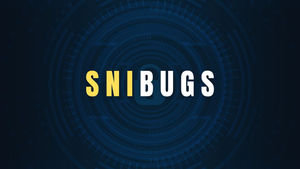
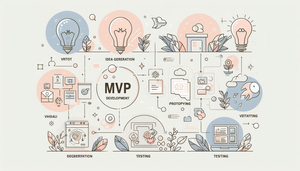


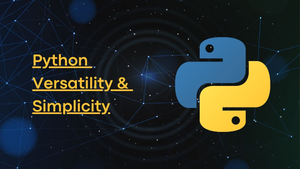


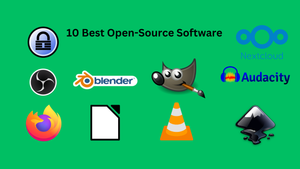

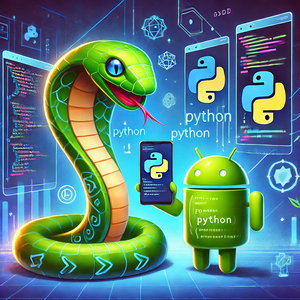

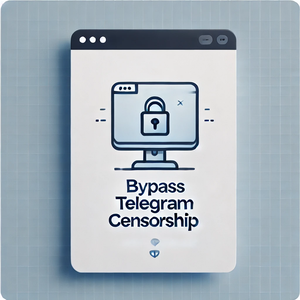
Comments